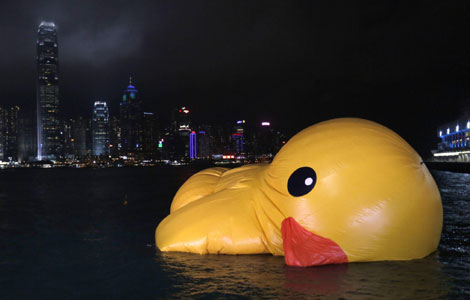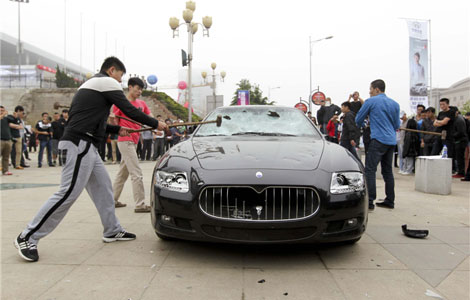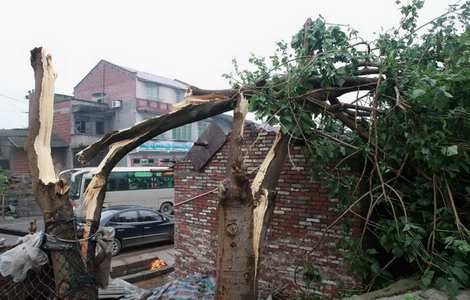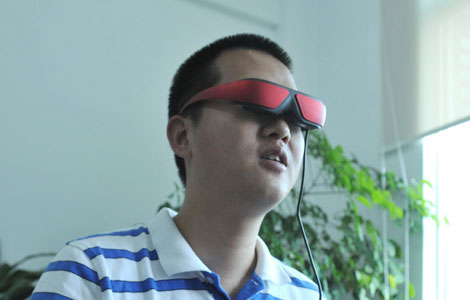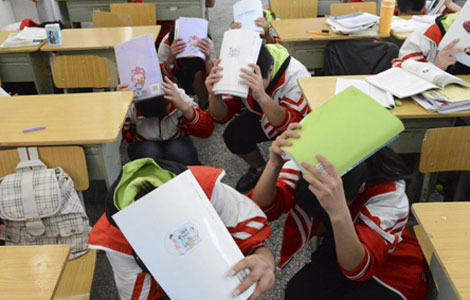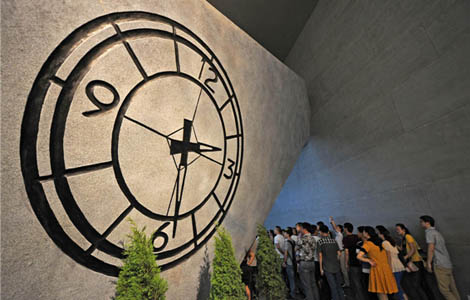
China's self-developed nuclear reactor, known as the CAP1400, will be ready for export this year, an executive from State Nuclear Power Technology Corp said on Friday.
The design of CAP1400 is based on the AP1000 reactor made by Westinghouse Electric Co. The AP1000 is known for its third-generation nuclear technology, with higher unit efficiency than older models and an optimized layout.
China owns the intellectual property rights for the CAP1400, making it possible to export the reactor.
"The technology is under evaluation by the National Energy Bureau, and a demonstration project can be built by the end of 2013 at the earliest," said Gu Jun, president of State Nuclear Power, during a press conference in Beijing on Friday.
"Exploration of the global market for the CAP1400 will start in 2013," Gu added.
Ma Lu, vice-president of State Nuclear Power, said conditions would be mature for the technology to be exported once it gets the green light from authorities.
As market exploration will be done in cooperation with Westinghouse, the company can take the lead in the effort as it has established its advantage in the industrial chain. "But in some markets, such as South Africa, we hope that State Nuclear Power can take the initiative and promote the CAP1400," Ma said.
Jack Allen, president of Westinghouse Asia, said that a continuous partnership with State Nuclear Power is an important step to achieve mutual success.
On Tuesday, the top of the containment vessel was installed on the world's first AP1000 unit, unit 1 of the Sanmen Nuclear Power Plant in Zhejiang, marking the end of general construction works of the unit's nuclear island.
The unit is expected to be the world's first AP1000 reactor to begin operations, as soon as in 2014. All four AP1000 units in China are scheduled to be operational by 2016.
The construction of the units — two at Sanmen and two at Haiyang in Shandong province — was authorized by Westinghouse and its partner, the Shaw Group, in September 2007.
In addition to the four AP1000 reactors under construction in China, four more will also be built in the United States: two at the Vogtle site in Georgia and two at the V.C. Summer site in South Carolina.
Westinghouse and State Nuclear Power reached an agreement in 2008 to work on the development of the CAP1400 reactor, followed by a more advanced design, the CAP1700.
In December 2009, a joint venture was set up between State Nuclear Power and China Huaneng Group to build a CAP1400 reactor near Rongcheng, Shandong province. Construction is expected to start in 2013, and the reactor will start operations in 2017.
Wang Binghua, chairman of State Nuclear Power, said at the press conference on Friday that initial research on the CAP1700 will also kick off this year.
Some experts have expressed concerns over the prospects for exports of CAP1400 reactors.
Lin Boqiang, head of the China Center for Energy Economics Research at Xiamen University, said the CAP1400 is far less recognized in the global market than the AP1000.
"While the global demand for nuclear energy remains sluggish after the Fukushima nuclear crisis in Japan, why would anyone choose new technology over an already established brand?"
Lin said that although China owns the intellectual rights for the CAP1400 — in return for opening up the domestic market to Westinghouse's AP1000 — the core technology might still be in the hands of the US company, thus Westinghouse will be able to take a share of the profits even if the CAP1400 does get overseas contracts.
According to Gu, about 90 percent of the localization of the AP1000 technology has been completed, and large parts can be completely made in Chinese factories.
"Still, China needs to build 20 to 30 CAP1400 units for its domestic market before the brand can establish its global image," Lin said.
The nation's long-term development target for nuclear power plants has shrunk compared to the one in place before the Fukushima disaster in 2011.

